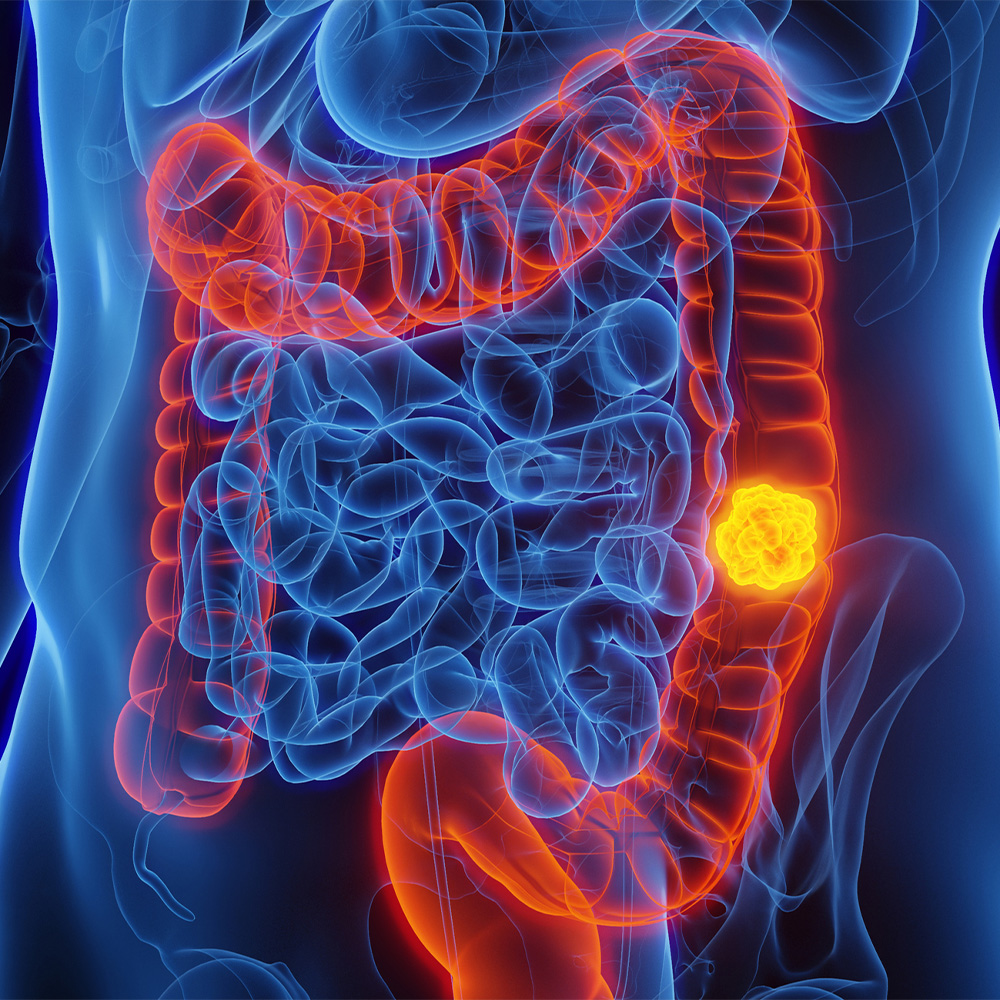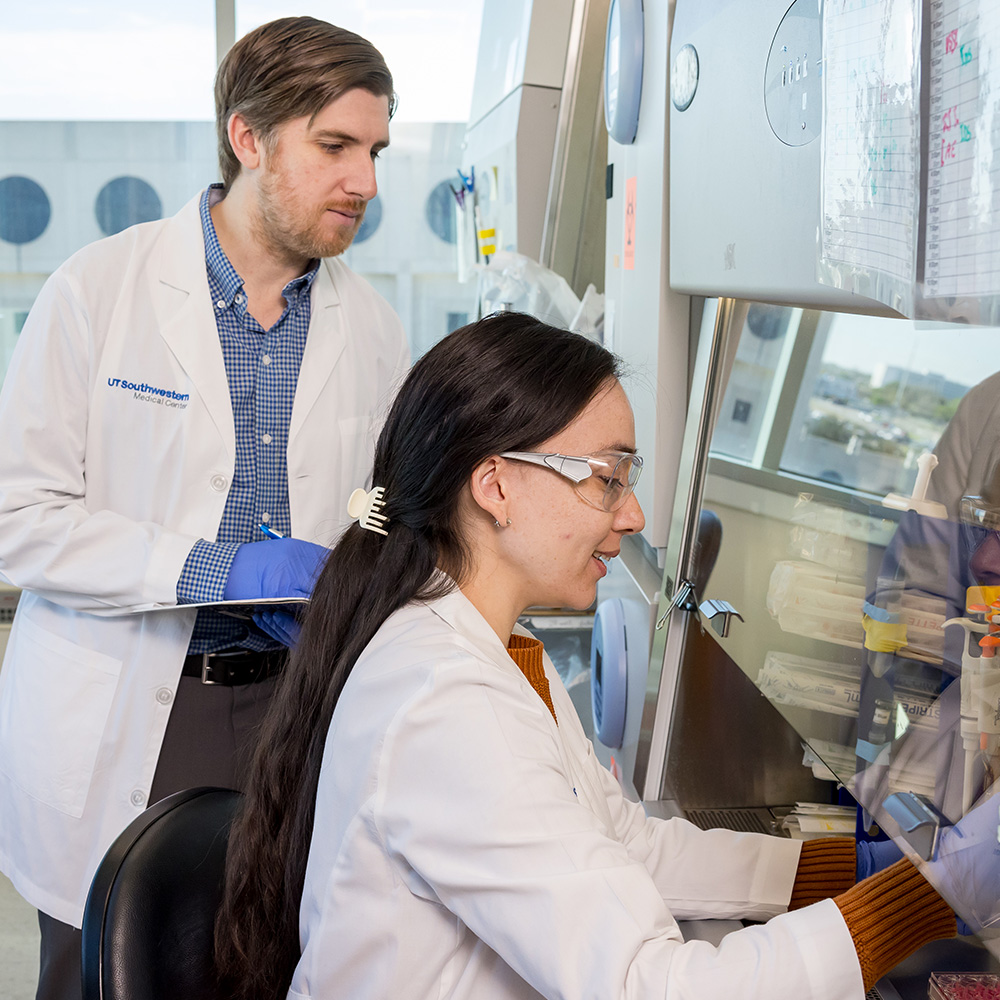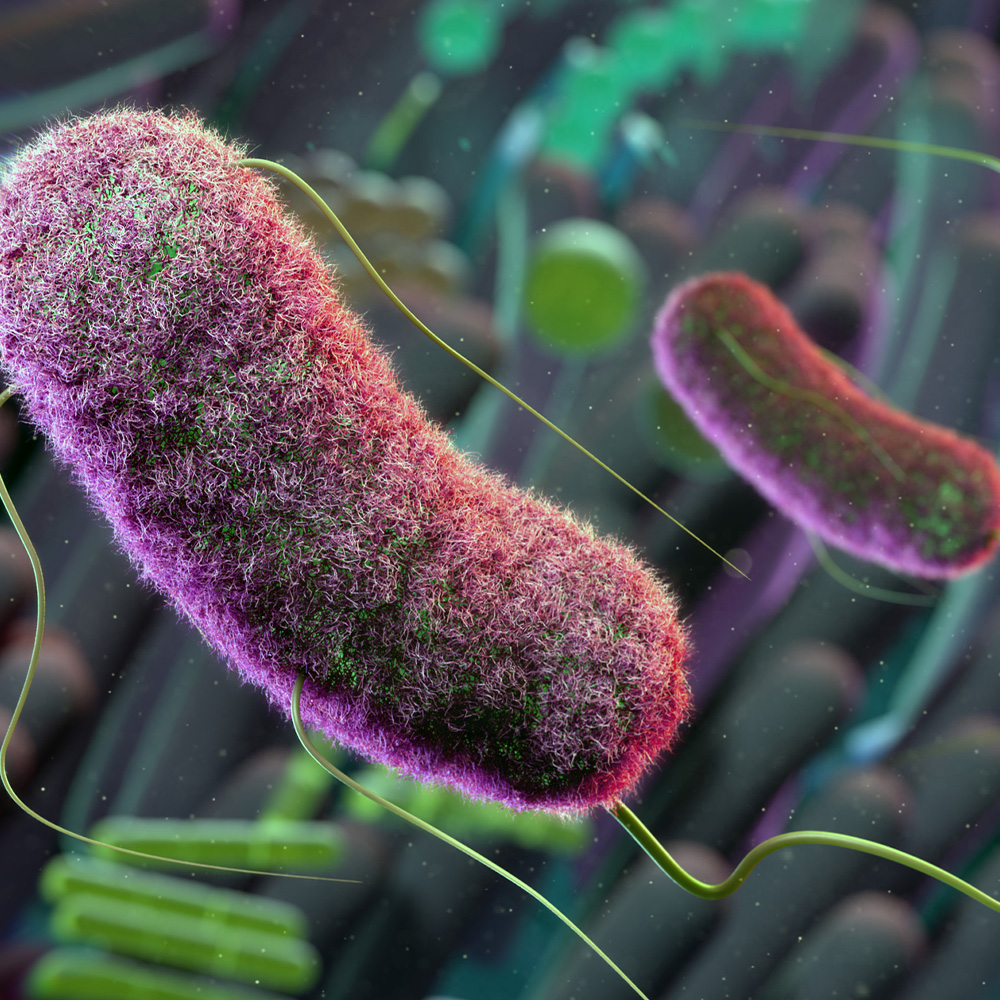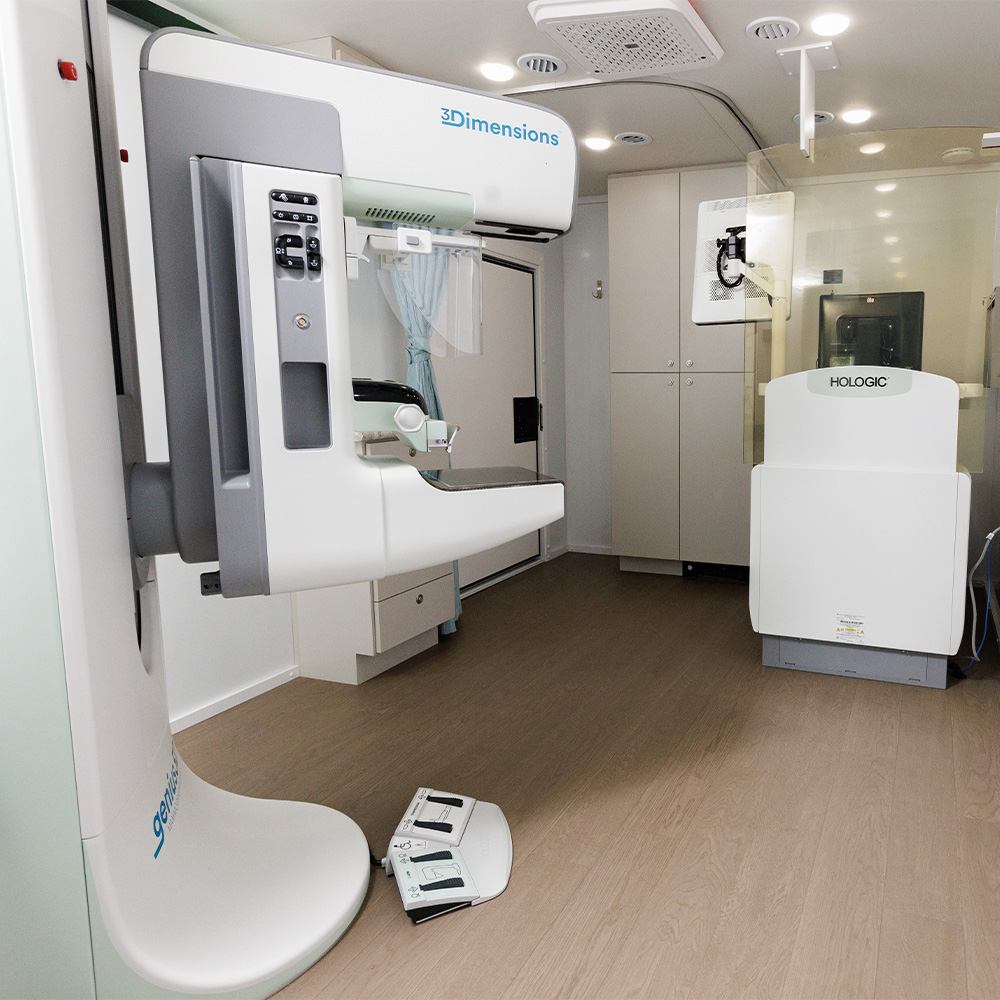Helping at-risk patient groups avoid skin cancer
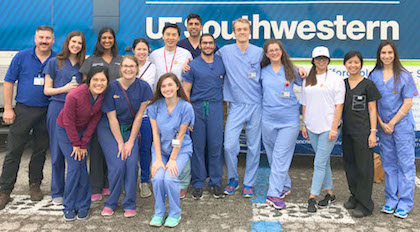
Benjamin Franklin once suggested that there are only two certainties in life – death and taxes. Through their work with immunosuppressed patients, UT Southwestern Assistant Professors of Dermatology Drs. Rajiv Nijhawan and Stephanie Savory find there’s often another inevitability – skin cancer.
Patients with suppressed immune systems – solid organ, bone marrow, or stem cell transplant patients; those with HIV or AIDS; and those with leukemia or lymphomas – have a much greater risk of skin cancer. In solid organ transplant recipients, for example, the anti-rejection medications that help keep their new organs from failing also increase their risk for skin cancer.
“For many of our patients, it is not a matter of if they will develop skin cancer, but when,” said Dr. Nijhawan.
Solid organ transplant patients, for instance, have 65 to 200 times the risk of developing squamous cell skin cancer, and 16 times the risk for basal cell carcinomas, he said. Heart and lung transplant patients are at the highest risk.
Since 2016, Dr. Nijhawan, Dr. Savory, and Physician Assistant Cynthia Griffith have maintained a twice-monthly clinical initiative to serve, support, and educate this group, caregivers, and the community at large through their High Risk Skin Cancer Transplant Clinic.
“We are mostly seeing patients with solid organ transplants and bone marrow transplants,” Dr. Nijhawan said. “One of our main clinical goals is early detection, so that if skin cancer is present, it is detected earlier and thus easily treated. In addition, we monitor for skin cancer recurrence, aggressively manage any precancers, educate extensively on the importance of sun protective behaviors, and maintain communication with the transplant team on patients we may be more concerned about.”
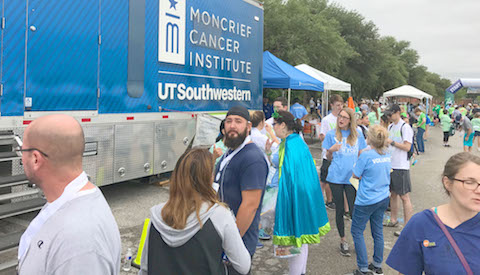
Skin cancer is the most common cancer in the U.S., with a current estimate that 1 in 5 people will experience at least one incident in their lifetime, according to the American Academy of Dermatology.
Pharmaceutically photosensitized and immunosuppressed patients who experience skin cancers also often face a tougher, more aggressive foe. The mortality rate in the U.S. for solid organ transplant patients, for instance, is nine times that of the general population, Dr. Savory said. The subgroup of this category found to be at highest risk are white males over age 50 who have undergone a heart or lung transplant.
Education, close surveillance, and early detection are among the keys to the continued good health of these patients, Dr. Nijhawan said. Some patients start to develop multiple skin cancers within a very short time period. For these patients, screening is recommended every six to eight weeks for the rest of their lives.
At UT Southwestern, dermatologists work collaboratively with the transplant team, beginning with preselection of possible organ recipients. If these patients have numerous precancers, the treatment technologies available include cryotherapy, photodynamic therapy, chemical peels, and chemotherapy wraps. Other recommended strategies in working with immunosuppressed patients include starting chemoprevention early, recognizing any high-risk lesions, treating early, communicating with members of other clinical specialties involved in the case, and using a multidisciplinary approach.

